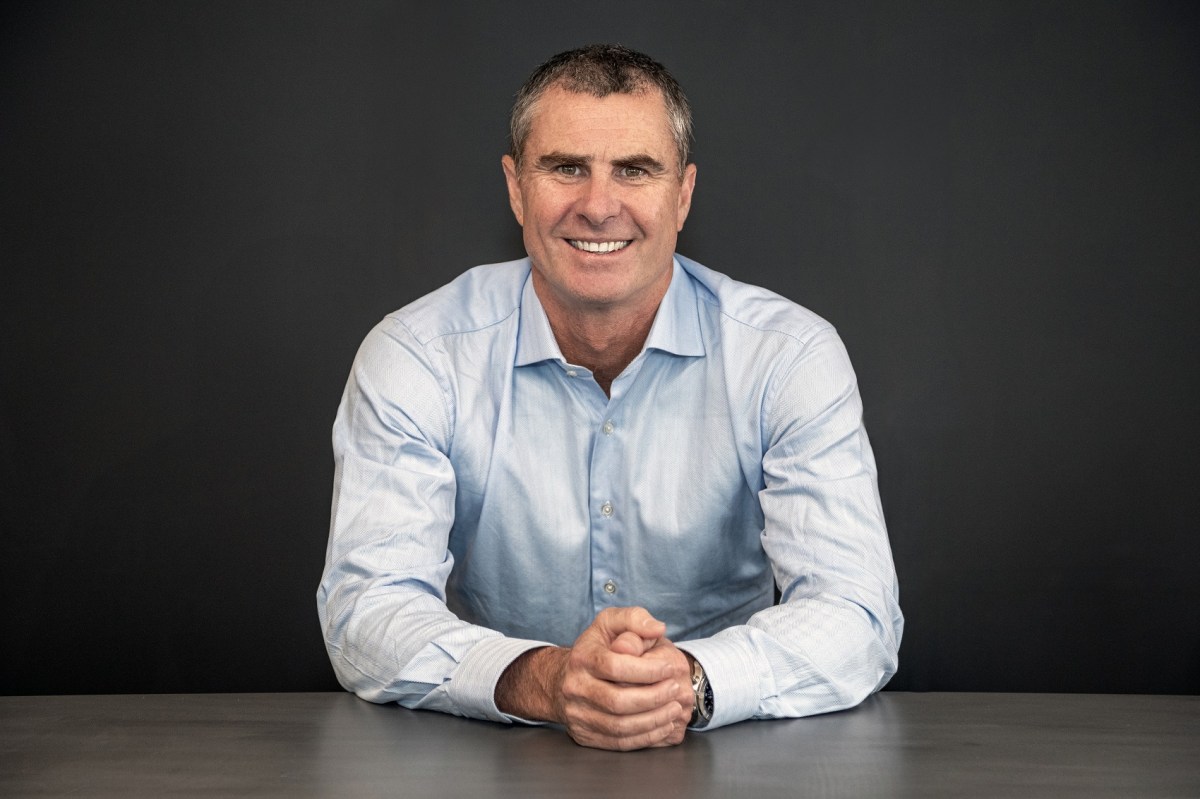Australian small to medium enterprises (SMEs) are adapting to the challenging economy by cutting costs rather than passing on price increases to cautious consumers as they seek to counter inflation and high interest rates.
The latest annual SME Compass Report for 2024 by fintech SME lender, Banjo Loans reveals a difficult picture for the sector with only half (49%) of small to medium enterprises feeling positive about their future financial security. It means positivity is down eight points since the start of 2023 – and a 9% drop in the number small businesses believing they will have a big year.
Inflation remains the number one issue for Australia’s SMEs, with two thirds identifying it as a key growth barrier this year – far above the end of 2022 when it was one in two.
The agriculture, hospitality and financial services industries were the most likely to report being impacted by inflation with healthcare and social assistance, professional scientific and tech services and the wholesale trade the least likely to say they were affected.
Significantly, while 47% of businesses increased their prices to deal with inflation in 2023, just one-third (34%) of businesses plan to do the same in 2024.
Banjo Loans CEO, Guy Callaghan said SMEs were wary of passing on further costs to consumers whose spending had already been squeezed by inflation and numerous interest rate increases.
“Businesses are under pressure to find other ways of reducing costs rather than increasing prices due to still challenging macroeconomic conditions,” he said.
“In 2023, 61% of SMEs increased prices due to higher supplier costs, however they seem to be indicating that further price increases will only result in further reductions in spending. This has flow on effects for things like recruitment, with 50 per cent of SMEs saying they plan to increase their staff numbers this year, down seven points since January 2023.”
The SME Compass findings reinforced the importance of businesses continuing to invest and innovate to succeed in an increasingly complex and challenging economic environment.
“Of those SMEs that achieved their revenue targets, almost two-thirds (63%) invested in new technology and 61% purchased significant new assets/equipment. That tells us that small businesses retain the grit and determination to overcome the economic difficulties and thrive despite manifold challenges.”

